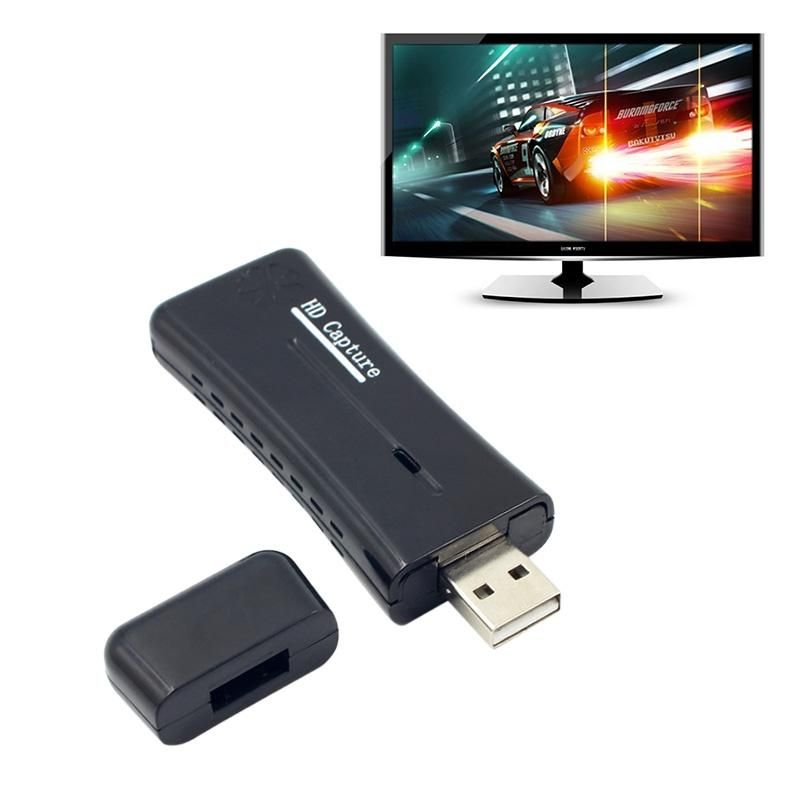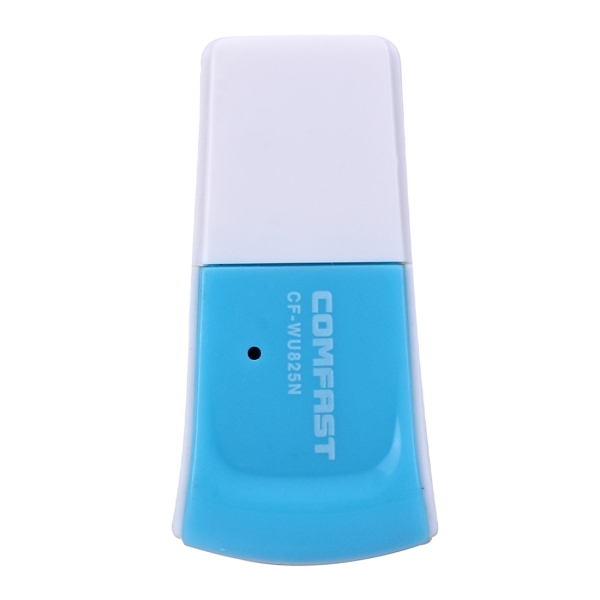Drivers FSC Network & Wireless Cards
This driver package supports the operating system/boot device included in the RAID array and standalone NVMe boot device with a separate SATA RAID storage array. Raid driver binary plus the QuickStart guide will assist you with the pre-load RAID during Windows 10 installation on the above AMD Ryzen™ products.
Note: to ensure your product has the latest security updates and operates at optimal performance, it is recommended you update your product to the latest firmware after installation and to periodically check for new firmware releases. Updates can be found by searching your model name at or though the mydlink mobile applications for mydlink registered devices. Realtek driver for RTL8105E and Windows 7 64bit. A complete list of available network device drivers for Realtek RTL8105E. On this page, you will find all available drivers listed by release date for the Windows 7 64bit operating system. From the following list, select any driver and try it on your device. All equipment facilities installed on Fujitsu Siemens P4GE-FSC are listed below. In order to facilitate the search for the necessary driver, choose one of the Search methods: either by Device Name (by clicking on a particular item, i.e. PCI VEN0001&DEV2F00) or by Device ID (i.e. PCI VEN0001&DEV2F00).
AN!Wiki :: How To :: Configuring Network Boot on Fujitsu Primergy |
| Note: This mini-tutorial was written as a compendium to the Anvil! m2 Tutorial. |

This tutorial will show you how to boot a Fujitsu server off of a PXE server, as is often done when using a Striker dashboard as an install target.
Contents
|
| Note: There may be slight variations in the appearance and layout of your BIOS, though you should have no trouble finding what you need. |

When you first power on a Fujitsu Primergy server, it will take a minute or so for anything to show on the screen. This is normal, particularly after AC was disconnected.
When it does show the first screen, you will see a prompt to press <F2> to enter the BIOS.
Press <F2> and then wait.
The machine will continue to boot, scanning the RAID controller in the process. Once done, it will enter the BIOS scree.
The first page you will see is the Main BIOS page.
Enabling 'PXE' (Network) Booting
Most Anvil! systems use three separate dual-port network cards. The first two ports are usually built into the server and the other two are add-in cards.
If you aren't sure which is which, you can simply enable all of them as bootable cards.
The goal of this tutorial is to make life easy, if not efficient, so we will cover how to enable all interfaces as bootable devices.
Enabling Booting from onboard NICs
| Note: To navigate the BIOS pages, use your left and right arrow keys. One you are on the page you want, press the up and down keys to moved between the items. Press '<enter>' to edit an item's value. |
Drivers Fsc Network & Wireless Cards Online
Press the 'right' arrow key to switch to the 'Advanced' page.
Press the 'down' key to highlight 'Onboard Devices Configuration' and press '<enter>'.
You will an option to enable or disable the onboard LAN (network) interfaces followed by an option to set if each is bootable and, if so, using what protocol.
Select each 'LAN X Oprom' that is not set to 'PXE', press '<enter>' and select the 'PXE' option. Press '<enter>' again to make the change.
Some trivia;
- Oprom is short for 'Option ROM' (itself an acronym for 'Read Only Memory) and is used by the hardware to determine where to look for bootable devices.
- iSCSI is a way to use raw storage from a device on the network as if it was a local hard drive. Setting a NIC to 'iSCSI' boot mode tells the system to reach out over the network to find its 'hard drive' to boot from.
Now we can select either onboard interface to boot off of!
| Note: It's outside the scope of this tutorial, but if you have hardware RAID and no optical drive, you can disable the onboard SATA to reduce boot times. |
Now to save and exit.
Press the '<esc>' key to return to the 'Advanced' page and then use the right arrow key to navigate to the 'Save and Edit' page. Select 'Save changes and Reset' and press '<enter>'.
Drivers Fsc Network & Wireless Cards Download
Enabling booting from add-in NICs
| Note: Most Anvil! systems use one of the onboard NICs for the connection to the Back-Channel Network, which is what we will use to boot the node off of the Striker dashboard. So for most people, this section is not needed. |
If you want to enable booting off of add-in network cards, you will need to tell the BIOS to look at them during boot.
To do this, you need to know which PCIe slot the add-in card is plugged into. Depending on your hardware server model, this should either be stamped into the metal near each expansion slot and/or shown on a label inside the server itself.
Once you know which PCIe slots your add-in network cards are in, you're ready to enable them!
Boot the computer and press <F2> to go back into the BIOS as before.
Navigate to the 'Advanced' menu and go down to the 'Option ROM Configuration' item and press '<enter>'.
Change the 'Launch Slot X OpROM' to 'Enabled' for the slots with NICs installed in them.
Once done, as above, press '<esc>' to return to the 'Advanced' menu, then use the arrow keys to go to the 'Save and Exit' page and then choose the 'Save changes and Reset' option.
Booting from the network
| Note: The screen prompting for you to press '<F12>' to select boot might pass quickly. You can start pressing '<F12>' before seeing the prompt and it will still provide the boot selection menu. |
During the boot of the machine, you will see a prompt to press '<F12>' to 'enter Boot Menu'.
Press '<F12>' and then wait. The machine needs to scan a few things, like the RAID controller, before the boot device selection window appears.

And there you have it!
In some cases, the add-in Intel-based cards have their PXE booting disabled. In these cases, simply enabling the OpROM in the BIOS is not enough to enable PXE booting.
If, after following the earlier steps. you still don't see your Add-In cards as bootable options when you press <F12>, you will need to enable the controller's boot firmware.
| Note: This next process requires RHEL or CentOS be installed. If you do not have an OS yet, please use a USB DVD drive to install EL6 64-bit traditionally. |
Downloading the Intel BootUtil
We are going to need to use a tool from Intel called BootUtil to change the controller's firmware.
Visit the Intel Boot Agent download page and then click on 'Download Intel Ethernet Flash Firmware Utility' and then click on 'Preboot.tar.gz'. Agree to the EULA and then save the file.
Copy the Preboot.tar.gz file to your node.
Go to the directory you saved it to on the node and extract it:
Now change into the APPS/BootUtil/Linux_x64/ directory.
By default, the utility is not executable, so the last step is to fix that. As the root user, run:
Done!
Using bootutil64e
First, let's look at the current installed adapters:
In this case, the first four interfaces on our two dual-port 10Gbps adapters. Note that the 'Flash Firmware' is listed as 'Disabled'? This tells up we need to update their configuration.
We want all to be PXE bootable, so we're going to run:

| Note: Ignore the errors on ports 5 and 6, these are the onboard adapters and the command wasn't needed on them. |
Now reboot.
That's it!
When the node reboots, you should be able to see all adapters as PXE bootable when you press <F12> during the boot process.
From here, you can pick up what to do next back at the main tutorial:
| Any questions, feedback, advice, complaints or meanderings are welcome. | ||||
| Us: Alteeve's Niche! | Support: Mailing List | IRC: #clusterlabs on Freenode | © Alteeve's Niche! Inc. 1997-2019 | |
| legal stuff: All info is provided 'As-Is'. Do not use anything here unless you are willing and able to take responsibility for your own actions. | ||||
Drivers Fsc Network & Wireless Cards Login
What's new
See the release notes and the readme.txt file for installation instructions, supported hardware, what's new, bug fixes, and known issues.

Overview
Drivers Fsc Network & Wireless Cards Printing
This download installs base drivers, Intel® PROSet for Windows* Device Manager, and Intel® PROSet Adapter Configuration Utility for Intel® Network Adapters with Windows® 10.
Which file should you download?
Note:10-GbE adapters (those that support Windows 10) are only supported by 64-bit drivers.
- PROWin32.zipfor 32-bit (x86) editions of Windows*
- PROWinx64.zipfor 64-bit (x64) editions of Windows
How to use this download
Download the self-extracting archive and run it. It will extract the files to a temporary directory, run the installation wizard, and remove the temporary files when the installation is complete. All language files are embedded in this archive. You don't need to download an extra language pack.
Supported devices
This software may also apply to Intel® Ethernet Controllers. Support for built-in network connections is provided by the system or board manufacturer.
About Intel® drivers
The driver or software for your Intel® component might have been changed or replaced by the computer manufacturer. We recommend you work with your computer manufacturer before installing our driver so you don’t lose features or customizations.
See a list of manufacturers’ Support websites.
